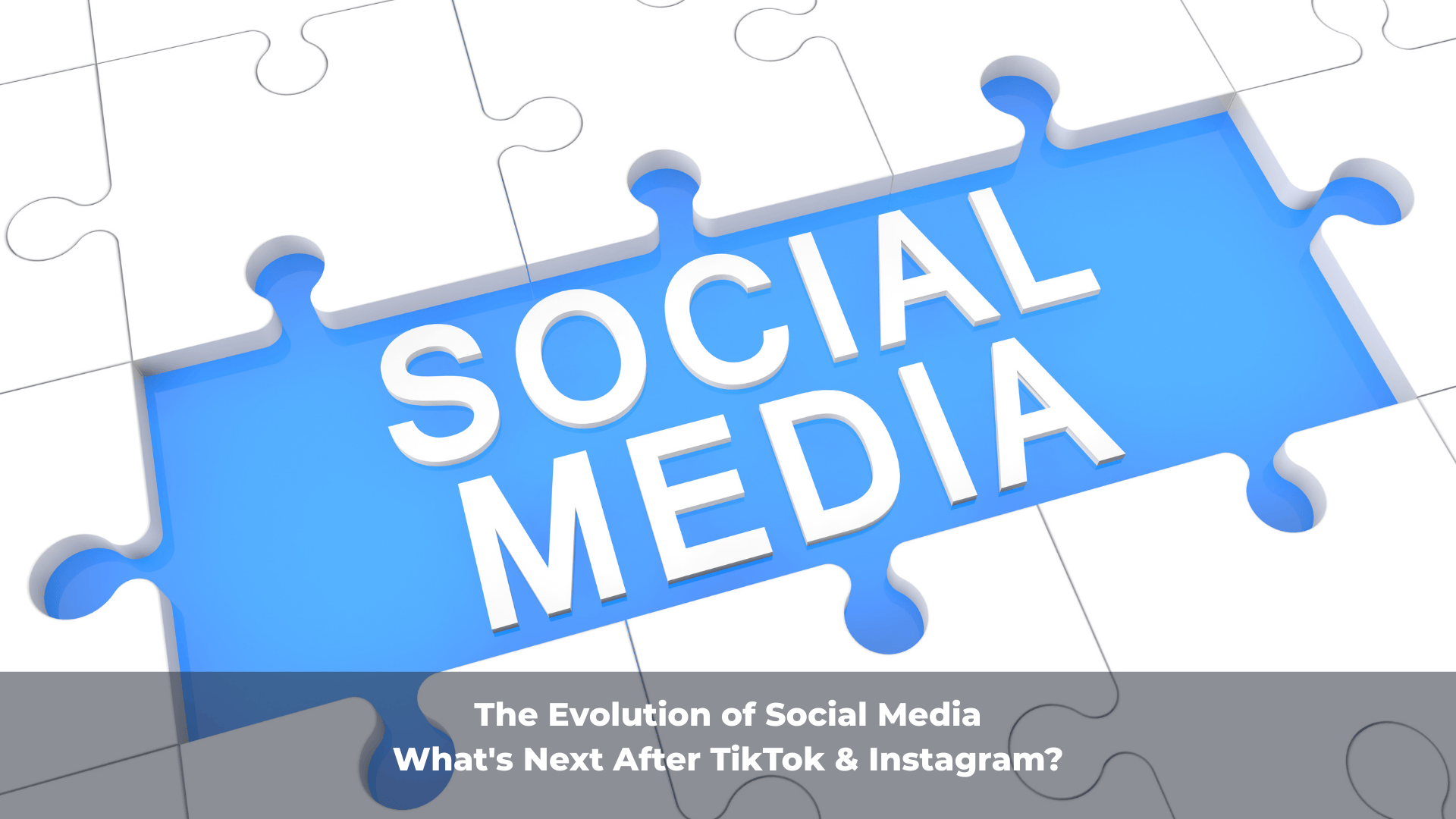Social media has come a long way from the early days of MySpace and Facebook to the visual and short-form content dominance of Instagram and TikTok. But as user preferences shift, technology advances, and platforms evolve, one question remains: What’s next?
In this blog, we’ll explore the evolution of social media, current trends, and future platforms that could redefine how we connect online.
How Social Media Has Evolved
Social media has gone through several key phases:
- The Early Days (2000-2010): MySpace, Facebook, and Twitter emerged, focusing on personal connections and text-based interactions.
- The Visual Revolution (2010-2020): Instagram, Snapchat, and Pinterest popularized image and video-based content.
- The Short-Form Era (2020-Present): TikTok revolutionized content with short, engaging videos inspiring features on Instagram Reels and YouTube Shorts.
Each stage reflects changes in technology and user behavior. So, what’s coming next?
The Current Trends Shaping Social Media
To predict the future, let’s look at emerging trends that are shaping the next wave of social media:
1. AI-Driven Personalization
Social media algorithms are becoming more innovative. AI-powered feeds are tailoring content more than ever, predicting user interests with incredible accuracy. Expect even more hyper-personalized experiences, where platforms curate content, ads, and interactions based on user preferences.
2. The Rise of Decentralized Social Media
Platforms like Bluesky and Mastodon are gaining traction as users seek alternatives to centralized platforms like Twitter and Facebook. Blockchain technology may enable user-owned social networks, giving people control over their data and privacy.
3. The Shift Toward Niche & Community-Based Platforms
People are moving away from mainstream, ad-heavy platforms to smaller, interest-based communities like Discord, BeReal, and Geneva. Expect more platforms that prioritize authentic engagement over mass followings.
4. Virtual Reality & The Metaverse
Social media will integrate immersive experiences through virtual and augmented reality. Platforms like Meta’s Horizon Worlds and VRChat hint at a future where digital socializing happens in 3D spaces rather than traditional feeds.
5. AI-Generated Content & Virtual Influencers
We’re seeing a rise in AI-generated content, from deepfake influencers to automated video creation. Future platforms may allow users to create entire digital personas powered by AI.
6. More Transparency & User Control
With growing concerns over data privacy, future social media platforms will likely offer greater transparency and tools for users to control their content, feeds, and interactions.
What’s Next After TikTok & Instagram?
So, what could replace today’s most popular platforms? Here are some possibilities:
1. AI-Enhanced Social Networks
Future platforms may use AI to automate content creation, suggest highly personalized interactions, and even predict trends before they go viral. Imagine a TikTok-like app where AI generates videos explicitly tailored to your tastes.
2. Decentralized & Ad-Free Platforms
Blockchain-based social media could eliminate the need for corporate control and intrusive ads, allowing users to own and monetize their content directly.
3. AR/VR-Integrated Social Platforms
Metaverse-style social media will allow users to interact in virtual spaces rather than scrolling feeds. Imagine replacing your Instagram posts with fully immersive 3D experiences where people can “walk through” your life updates.
4. Interactive & Gamified Content
The future of social media may involve more gamification, turning interactions into challenges, rewards, and interactive storytelling experiences.
Final Thoughts: The Future is Evolving
While Instagram and TikTok dominate today, the future of social media is all about AI, decentralization, immersive experiences, and niche communities. Users want authenticity, control, and deeper engagement, and the next generation of platforms must meet those expectations.
So, are you ready for the next wave of social media? 🚀

